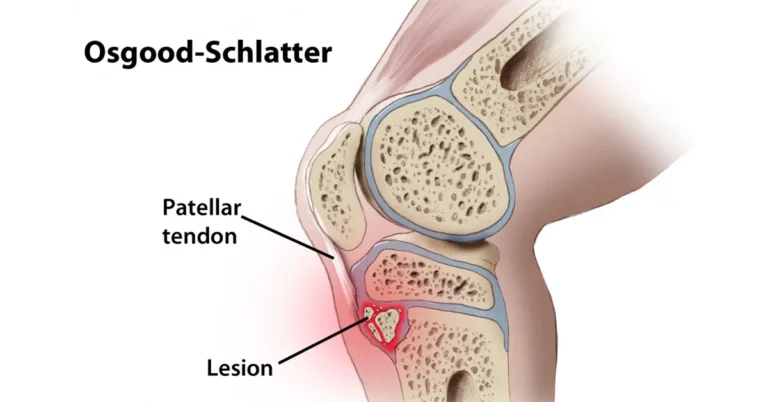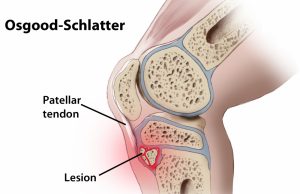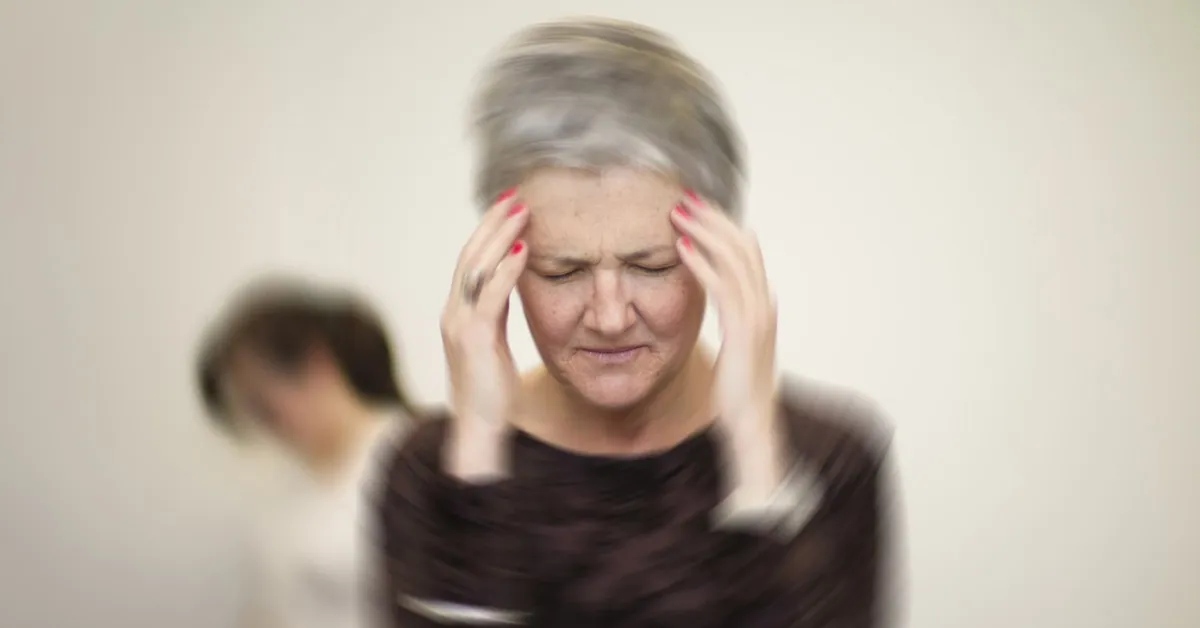Osgood Schlatters disease – physiotherapy management
Osgood Schlatters disease sounds awful, what is it?
Osgood Schlatters disease is what we call an ‘apophysitis’ or ‘enthesopathy’. It occurs in an area of the tendon (the patellar tendon) where it inserts into the tibial bone (at the tibial tuberosity) of the knee. As usual a condition named after medics from a long time ago and in latin to make sure we get the maximum fear factor before we work our magic! Just to make it sound even worse, we call it a disease. So what does Osgood Schlatters disease – physiotherapy management entail?
In simple and less threatening terms it is an inflammation of tissue at the point where the tendon soft tissue exerts force onto the bone below the knee. The junction is not fully developed until adulthood and in some children it can cause significant pain, usually related to sports and activity. By definition once you are an adult you cannot get this problem as your tissues are less reactive to the forces created. That is good news as it means the problem goes away by itself in time. But often physiotherapy management may help the course of the problem.
In time! How long?
Thats a question we get asked a lot. The best reply is that Osgood Schlatters can stick around until your bones fully develop so sometimes a few years till late teens, but don’t worry that does not mean you are symptomatic all of that time. Often cases flare up and then settle again, some lucky patients only get one episode and then never again. However, until you mature you can get recurrences. We would expect to see a difference with management in 4-8 weeks but it can take longer.
So just leave it till it gets better?
Well, time will heal it and your GP will usually tell you to rest it until the pain settles, but if that takes a long period your sporty teenager is not going to be a happy camper. As a physiotherapist we can’t cure Osgood Schlatters disease and we don’t have a magic wand to make the symptoms disappear either, but with with the right plan it can be managed.
Won’t it need a scan or xray?
No- not usually. They won’t change what we do treatment wise. Patients can get concerned as in some cases a lump appears on the bone at the site of the pain (not always). On a slim leg that can cause some distress. The lump can lessen as it settles but it does not generally go away and you are left with it for life. But remember as the leg grows its looks smaller on a bigger leg and the only person likely to spot it in the future is a physio anyway!
So whats the treatment?
- modify (or at worst rest) activity/sport
- use anything to help modulate the pain (ice massage, NSAID gel)
- address poor movement patterns (these are often teenagers with a lack of flexibility or strength) such as squatting, jumping etc
- target tight soft tissues with manual therapy and exercise
- target weak muscle groups and functional patterns with strengthening exercises
Will it need much physiotherapy?
That’s difficult to say as in each case of Osgood Schlatters Disease – physiotherapy management is different. If we get the physiotherapy program right you will minimise the pain and maximise the activity levels of your child. Some need more input than others.
Need more information?
Dealing with young athletes is reasonably common for the physiotherapists at Physis. We will always help to maintain activity when at all possible. So if you think you may have this problem then come in for a diagnosis and to discuss the management. To book an appointment call 0131 478 4646 or book online.



